TRAC Monthly Report: May 2024
- Category: Monthly Reports
- Author: JM
- Published: 02 Jun 2024
- Last updated: 02 Jun 2024
Spring Constellations
I think all of us were able to see the main spring constellations on various nights during May.
Here's a quick rundown of what we saw:
- Leo, the Lion:
- Its brightest star is the bluish-white star, Regulus.
- You can easily find it by facing SE and looking for the sickle asterism. We referred to it as a backwards question mark.
- Boötes, the Herdsman:
- Contains the bright orange star, Arcturus, which is the brightest star in the night sky at this time of year (mag. 0).
- Look for its distinctive kite-shaped pattern, to the east of Leo.
- Corona Borealis, the Northern Crown:
- Comprised of seven fainter stars arranged in a C shape.
- Located just to the east of Boötes.
- Virgo, the Maiden:
- It's a huge constellation, low in the southern sky below Boötes.
- Its brightest star, Spica, is easy to find once you've located Arcturus – it's almost directly below it in the sky.
It's well worth learning how to recognise these constellations and how to locate them in the night sky. Unlike the planets, they don't change from year to year, and they won't change over the timespan of a human lifetime.
Throughout your life, if you go outside on a clear spring night, you'll see Leo, Boötes, and Virgo looking back at you.
Constellation Artwork
The glow-in-the-dark constellation artwork turned out really well. Everyone did a good job! Hopefully, producing these posters will help you remember the star patterns.
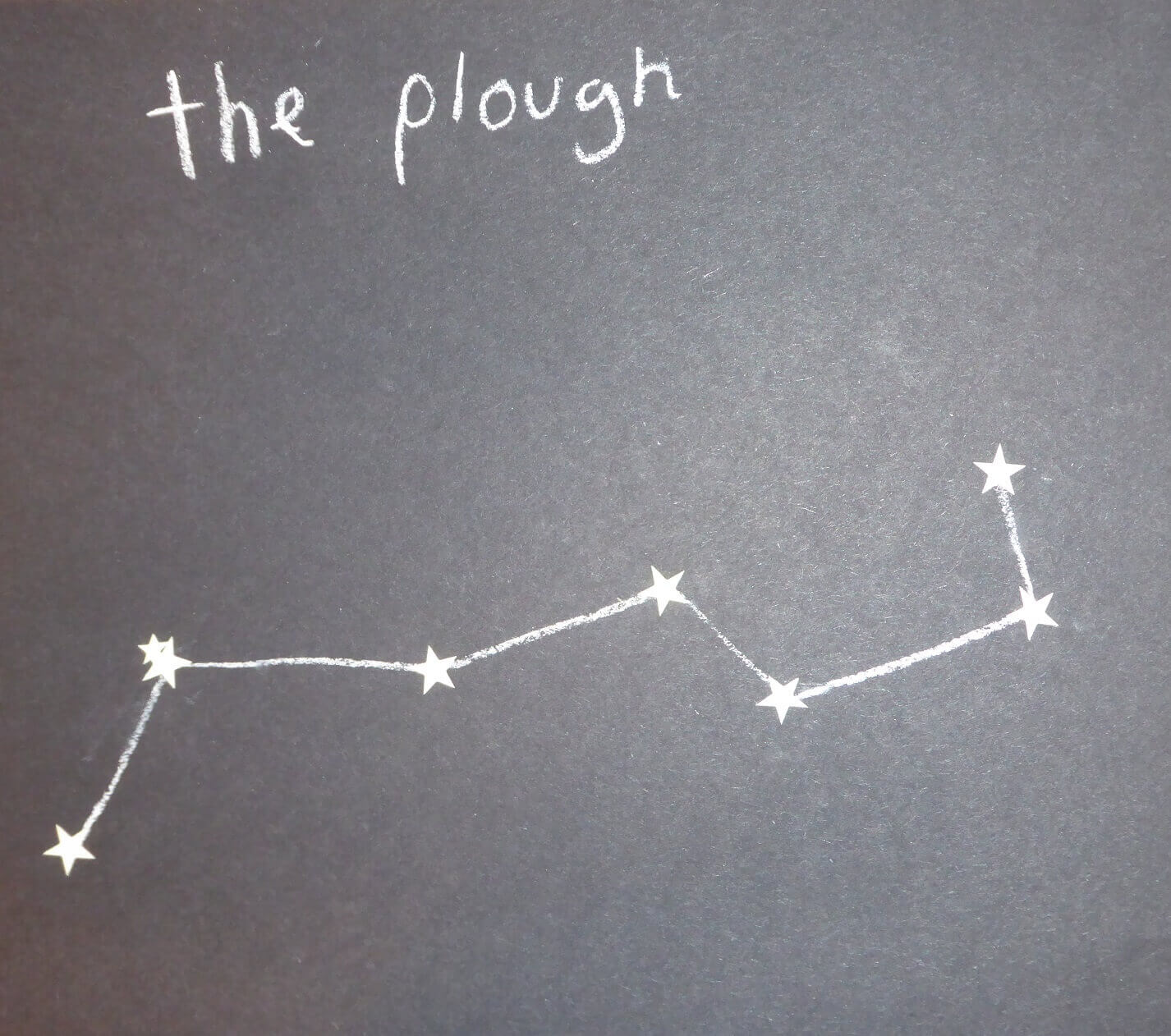
Image credit: MK/TRAC
Matey made the above drawing of the Plough, including the double star Mizar and its companion Alcor.
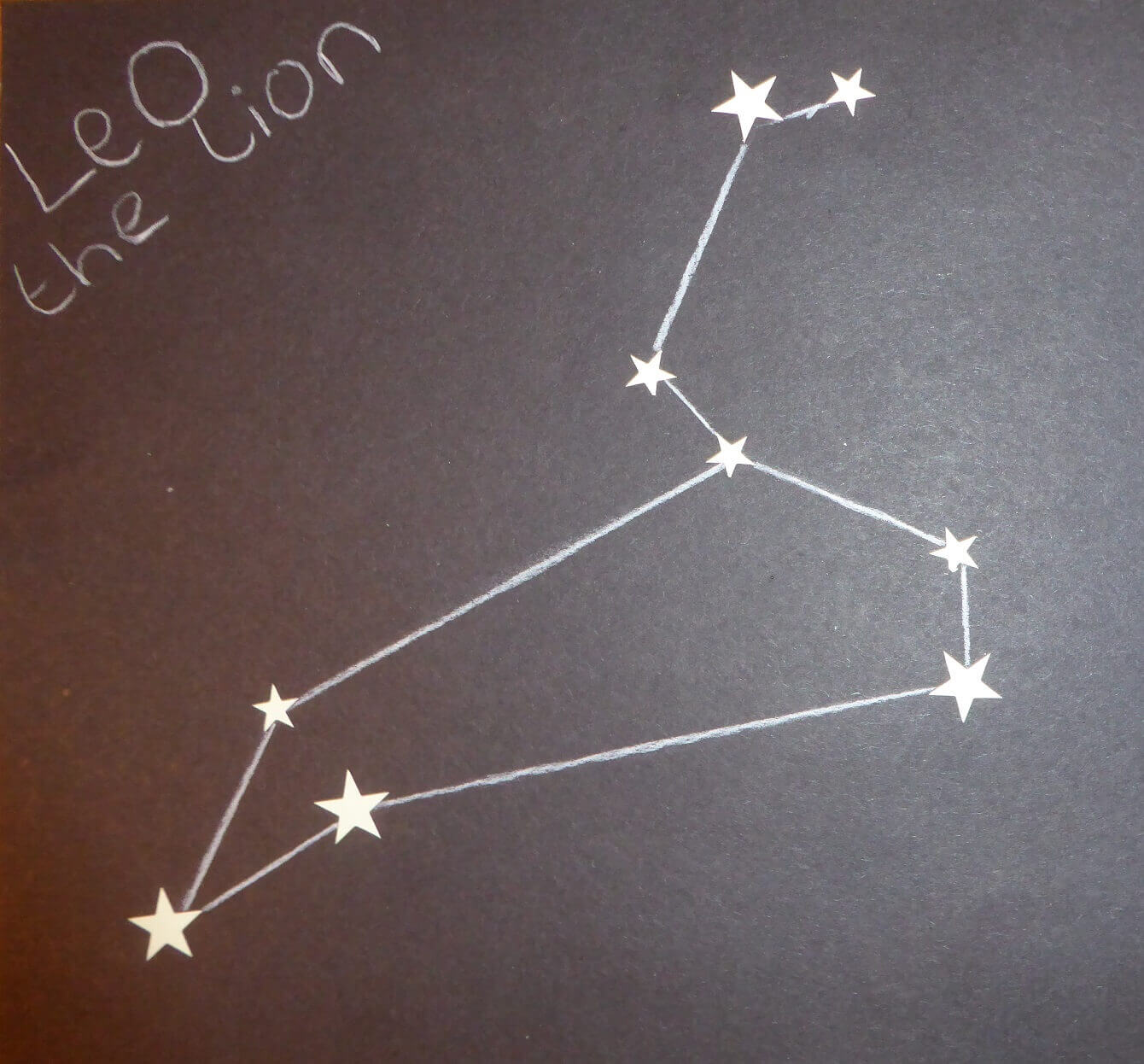
Image credit: CL/TRAC
Leo made the above drawing of the iconic spring constellation Leo.
You'll be able to add the other seasonal constellations to your collection as we see them throughout the year. Some of them are more complex, so it's good to practice with the easier ones first.
Aurora Borealis (Northern Lights)
The Aurora Reaches Rainham
The Northern Lights are produced when charged particles from the Sun interact with the Earth's magnetic field and atmosphere, producing beautiful bands and waves of colour across large areas of the sky.
Astonishingly, the aurora was visible from Rainham on the night of 10 May. At midnight, I was stood in the middle of the park, and I could see pink bands across the sky in the NE and the whole sky in the NW had a greenish hue. It was incredible – I've never seen anything like it!
It's extremely rare to see the aurora at our latitude in Rainham. Normally you need to be much further north, up near the Arctic Circle.
We Almost Saw It
The really frustrating thing is, we were outside together that evening from 21:15 until everyone headed in at 23:15. We spent most of that time looking at the spring constellations in the south.
Junior TRAC members only just missed the aurora by about 20 minutes. I wanted to say "hey, guys come back out for 15 minutes, you won't believe what the sky looks like," but by then it was gone midnight, so it was a bit late to go knocking on your doors!
More Auroras on the Horizon?
The Sun goes through a cycle which takes 11 years. Scientists were expecting the cycle to peak in 2025, but now they think it might peak earlier. This means that, if we're lucky, we might get another chance to see the aurora in the coming months.
The Moon
The May full moon looked awesome – you just had to stay awake until 1 a.m. to see it because the moonrise was not until midnight this month!
The Moon with Castor & Pollux
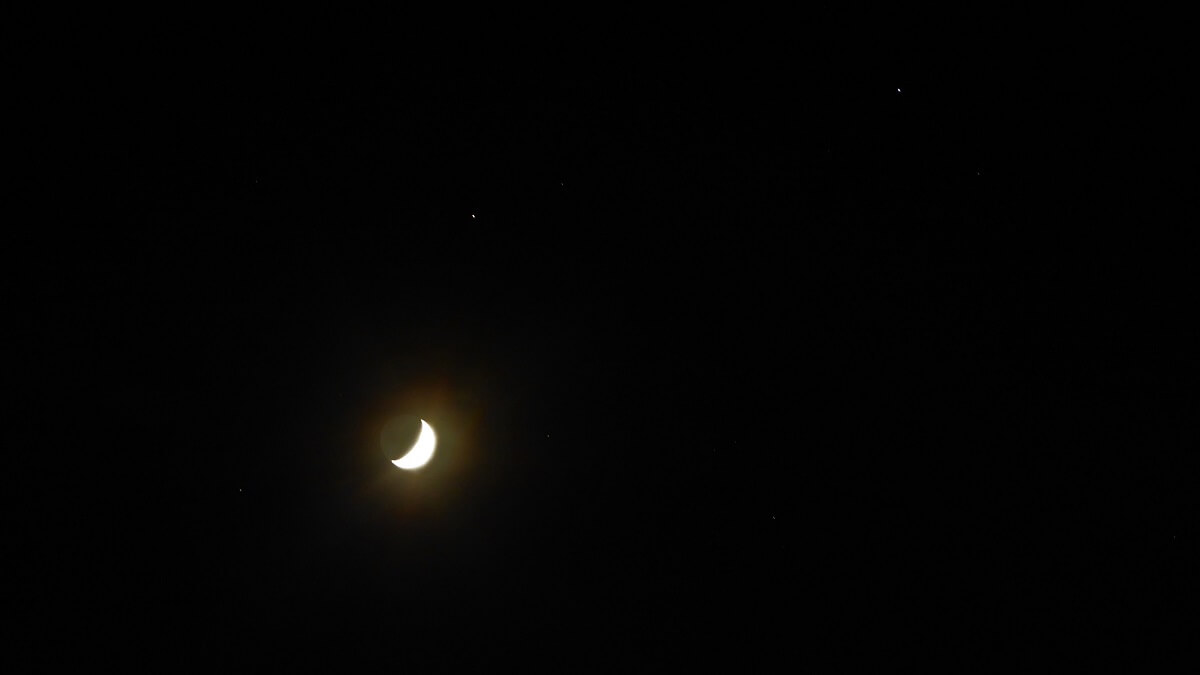
Image credit: JM/TRAC
Crsecent Moon near the bright stars Castor and Pollux in Gemini. The Earthshine effect was particularly noticable on the evening of 13 May 2024.
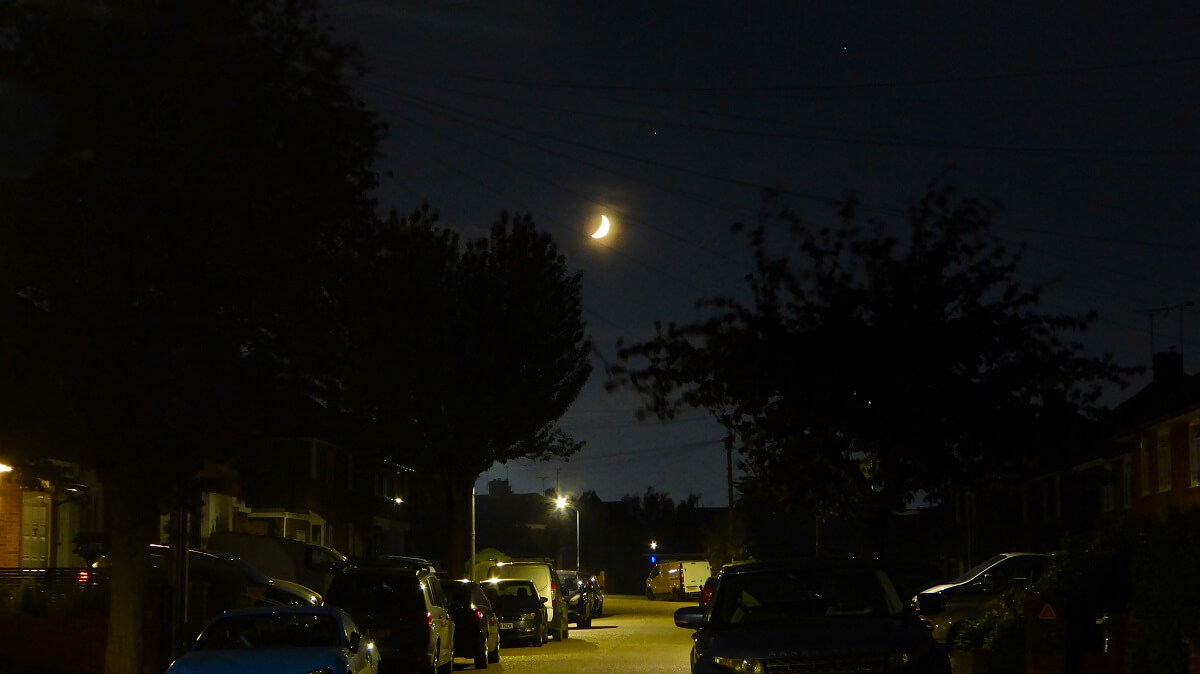
Image credit: JM/TRAC
Crescent Moon in conjunction with Castor and Pollux. View from the street on 13 May 2024.
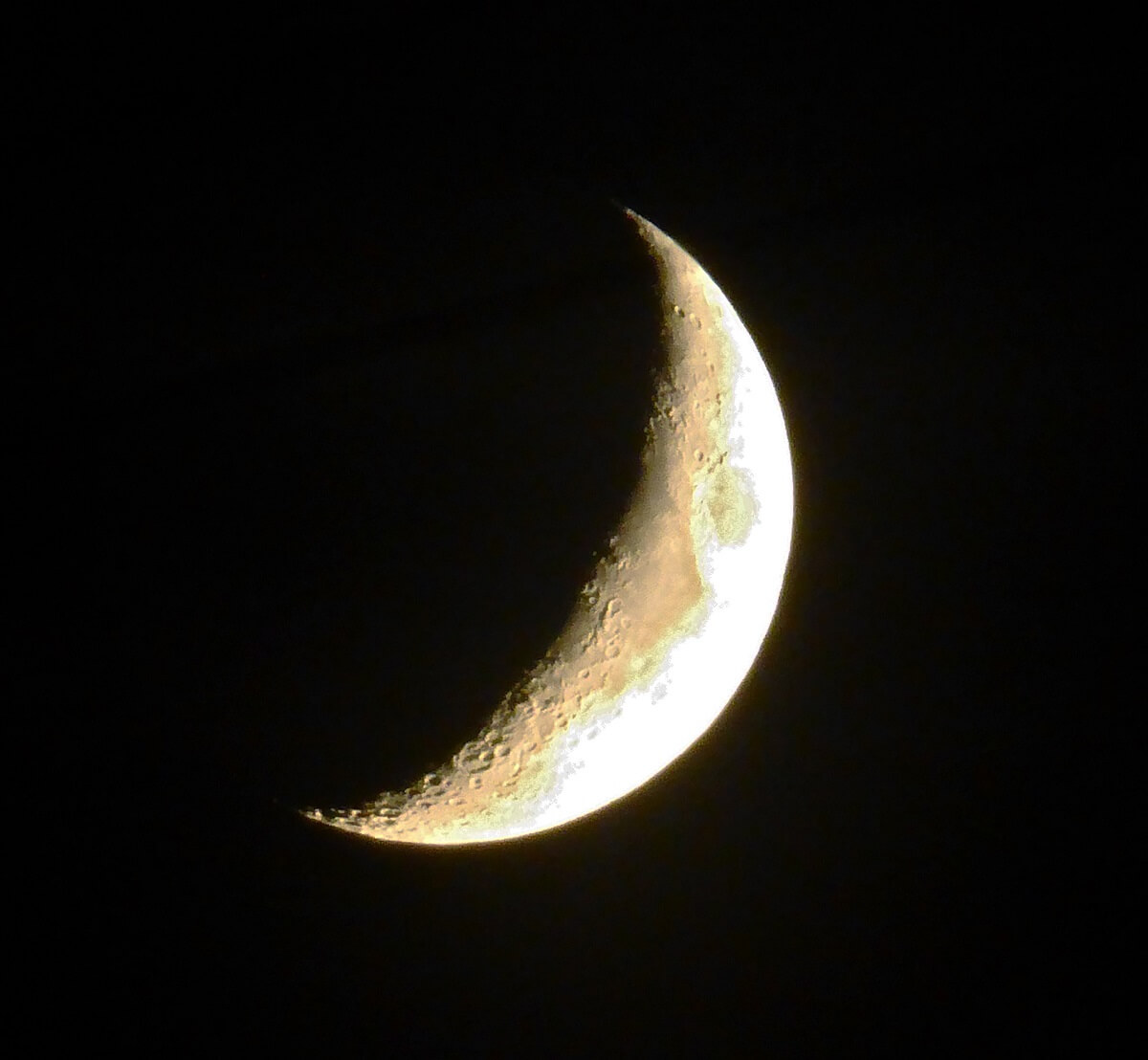
Image credit: JM/TRAC
Crescent Moon setting in the west, also taken on 13 May 2024.
The Moon Above the Park
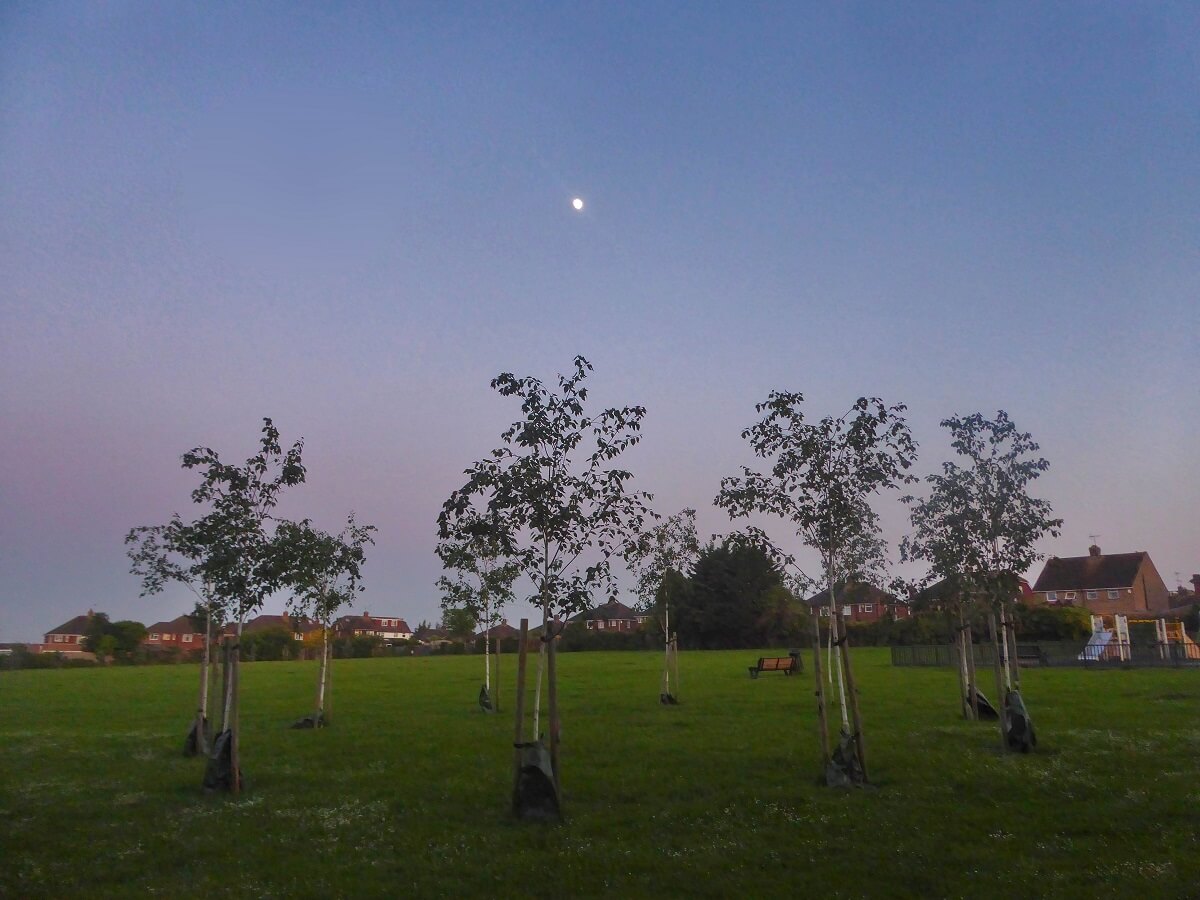
Image credit: JM/TRAC
Looking exactly south, the Moon shone brightly high above the park in the late afternoon on 19 May 2024.
Video credit: JM/TRAC
An experimental "Moon-Zoom" video was attempted.
Sporadic Meteors
A Yellow Flash
On 24 May, while heading to the park to check if it was still open, Charlie L and I saw a yellowish meteor flash across the sky, moving roughly west to east at 22:25.
Anyone can see a meteor if they spend time outside at night and are paying attention to the sky and not staring at their phone!
An Orange Fireball
While in the park to view the aurora on 10 May, I saw an orange meteor streak across the sky at 00:20. There was a bright flash as it broke up in the Earth's atmosphere. Bright orange sparks fell towards the ground, like the sparks produced when you cut metal with an angle grinder.
I reported the sighting to The UK Meteor Network, and they were able to link it to a fireball meteor that fell between Cambridge and Colchester.
More Meteors Coming Soon
Our best chance to see some meteors in 2024 will be during the Perseid meteor shower over the first two weeks of August.
SpaceX Starlink Satellite Train
An Unexpected Train
Amazingly, an hour later, on 24 May at 23:25, Charlie C and I were lucky enough to spot a long line of Starlink satellites moving across the sky. The satellite train was only visible for around two minutes. We were facing NE, and the string of at least 20 satellites moved ESE into the Earth's shadow.
SpaceX launches its Starlink satellites into orbit in groups. The satellites travel in a closely spaced line, appearing like a chain of bright dots moving across the sky. This phenomenon is sometimes visible with the naked eye. The first time I saw it, I thought it was a series of missiles!
Good Timing
There's always an element of luck involved with this hobby. If we'd been looking south, we'd have missed these satellites. This is why it pays to stay alert!
As far as I know, SpaceX publishes details of satellite launches but doesn't provide any information related to viewing times for the satellite train. There might be other satellite tracking websites that predict when it'll be visible from a specific location. We'll need to research this further.
Summary
Overall, I think May was a successful month for the astronomy club. April was a washout so it was great to finally be able to make some progress with the constellations and satellite spotting after months of bad weather.
We didn't get a chance to start the pinhole camera project, so we'll carry it over to June. The same goes for the other daytime astronomy activities.
James M
TRAC Team Leader
02 Jun 2024 – Rainham, Kent

TRAC is an amateur astronomy group based in Rainham (Kent) in the United Kingdom.
On clear nights, you'll find us outside, observing stars, planets, moons, galaxies, satellites, meteors, and comets.
This monthly report is intended to keep club members informed of our observational activities, track progress towards the club's long-term goals, celebrate successes, and record memorable moments.
Unless stated otherwise, all magnitude values refer to apparent magnitude and have usually been rounded to one decimal place.
We welcome any questions, feedback, or suggestions you may have. Please let us know if anything is unclear or if you notice an error, inaccuracy, or typo. Contact us via email.
© 2024 Taverners Road Astronomy Club